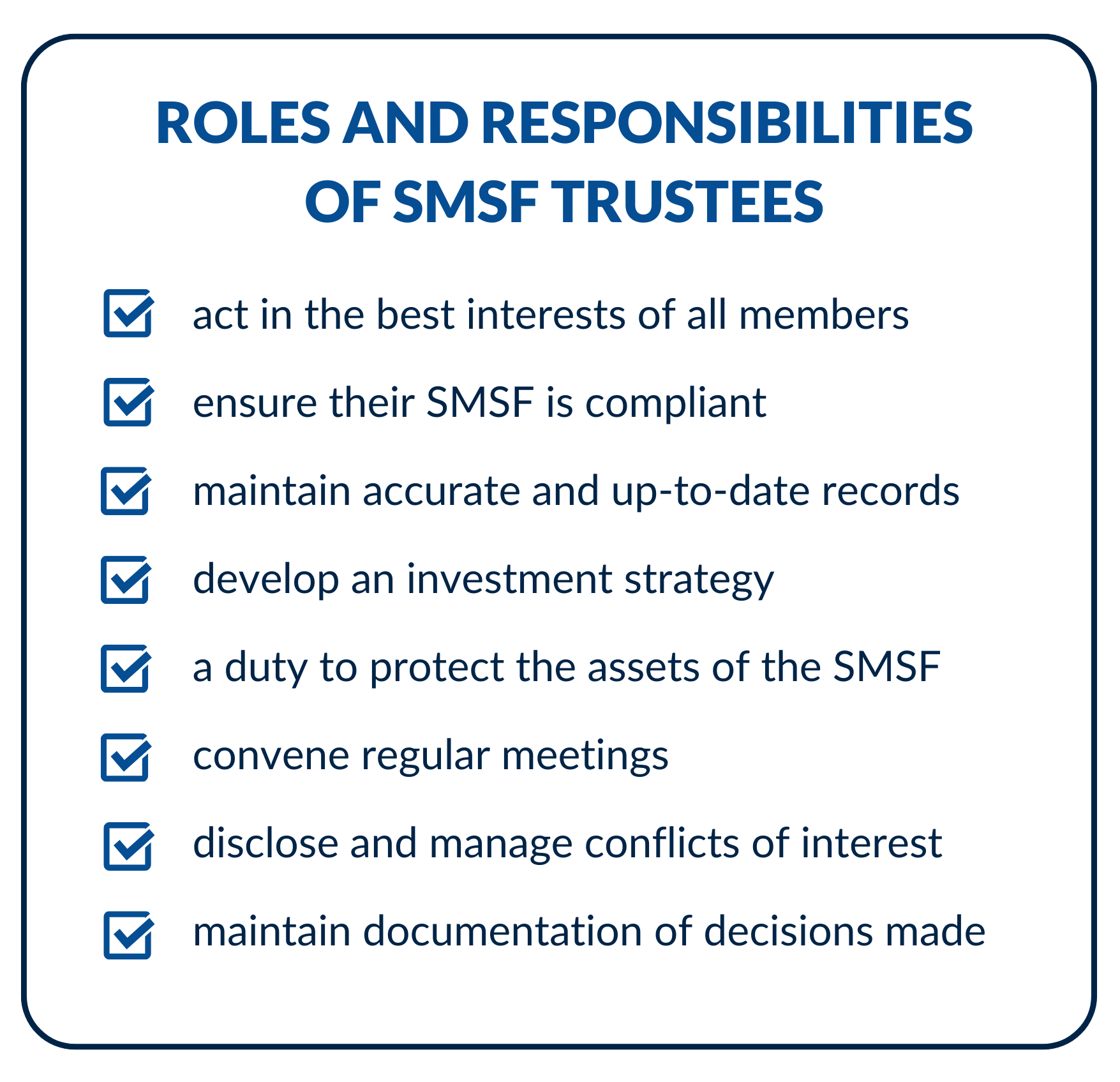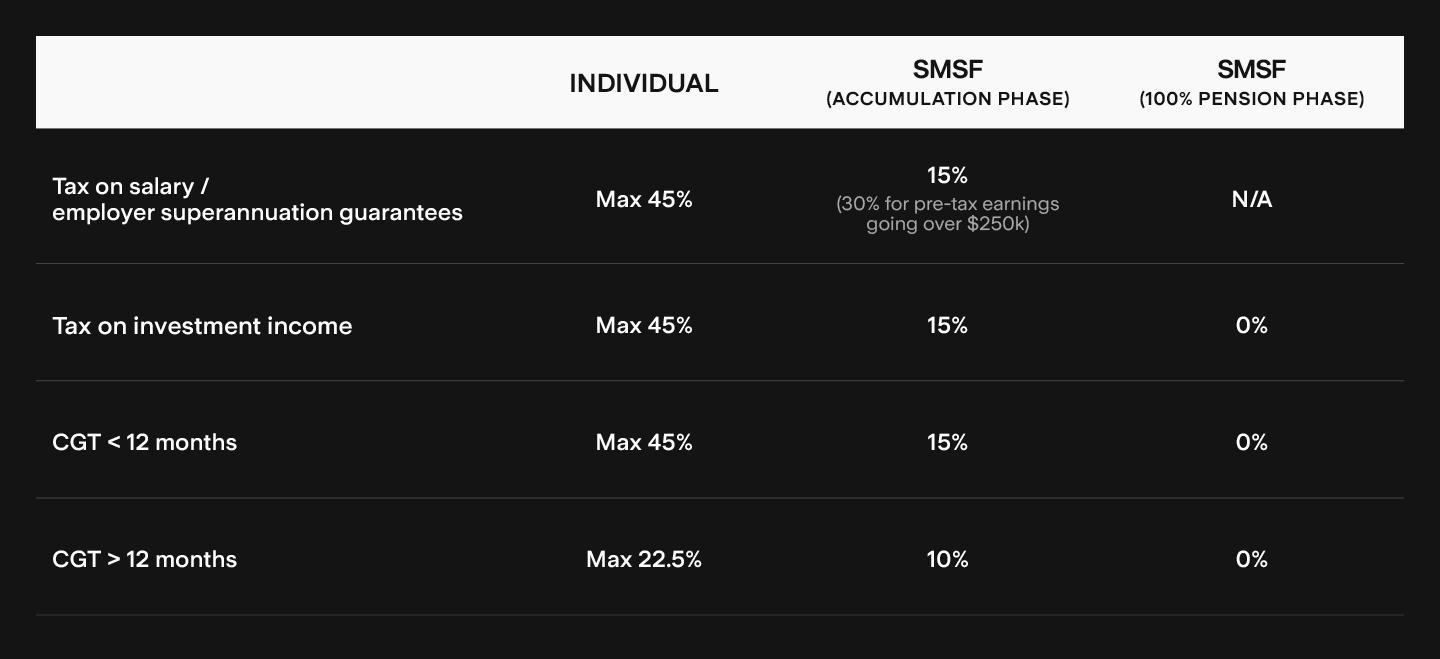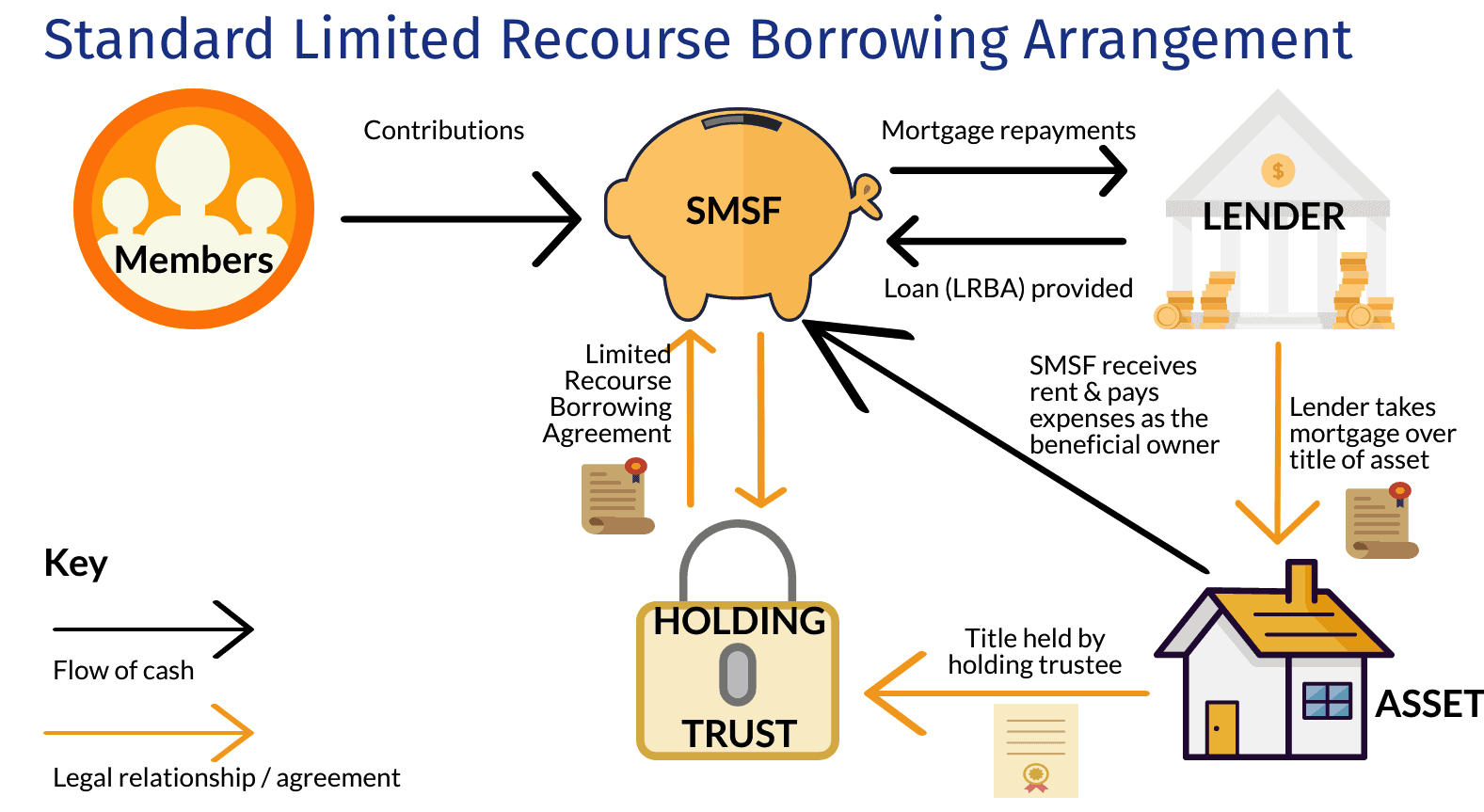Why Your SMSF is Secretly Judging Your Property Choices (And How to Impress It)
In 2024, the Australian Taxation Office reported a 17% increase in compliance breaches among SMSFs investing in property, with over 60% linked to improper asset selection. This surge wasn’t due to reckless spending or market missteps—it stemmed from a fundamental misunderstanding of how SMSFs evaluate property choices. Unlike traditional investments, SMSFs operate under a labyrinth of regulations where every decision must align with strict legal and strategic frameworks. A property that seems like a lucrative opportunity on paper can quietly undermine the fund’s compliance, jeopardizing its tax advantages and long-term viability.
Dr. Amanda Keating, a senior SMSF strategist at the University of Sydney, notes, “Trustees often overlook the nuanced interplay between property type, fund liquidity, and retirement objectives. It’s not just about returns—it’s about alignment.” For instance, a high-yield commercial property might strain liquidity requirements, while a residential asset in a growth corridor could bolster both compliance and capital growth.
This intricate balancing act underscores a deeper truth: SMSFs are not passive vehicles but active arbiters of financial discipline. Every property decision is a test of foresight, strategy, and adherence to the fund’s ultimate purpose—securing a stable retirement.

Image source: coastaladvicegroup.com.au
The Role of SMSF Trustees in Property Investments
Effective SMSF trusteeship in property investments hinges on mastering the sole purpose test—a cornerstone of compliance that ensures every decision serves the exclusive goal of providing retirement benefits. This principle demands more than superficial adherence; it requires trustees to dissect the interplay between property characteristics, fund liquidity, and long-term obligations.
Consider the challenge of balancing liquidity with asset growth. A trustee might be tempted by a high-yield commercial property, but without sufficient liquid reserves, the fund risks breaching its ability to meet pension payments or unforeseen expenses. Comparative analysis reveals that staggered property acquisitions, as opposed to simultaneous purchases, can mitigate liquidity strain while maintaining growth potential. This nuanced approach highlights the importance of timing and cash flow management in SMSF strategies.
“Trustees who fail to align property investments with liquidity and compliance requirements often face severe penalties, including loss of tax concessions.”— Australian Taxation Office (ATO) Compliance Report, 2024
A critical yet overlooked factor is the arm’s length rule. Leasing SMSF-owned property to related parties, even at market rates, introduces complexities that demand meticulous documentation and independent valuations. Trustees who navigate these intricacies with precision not only safeguard compliance but also enhance the fund’s strategic resilience.
Key Compliance Requirements for SMSF Property Investments
Navigating the arm’s length rule is one of the most intricate yet critical compliance requirements for SMSF property investments. This rule mandates that all transactions, including property purchases and leases, occur at market value and on commercial terms. While seemingly straightforward, its practical application reveals layers of complexity that trustees often underestimate.
The arm’s length principle is not merely about setting a fair price—it’s about ensuring every aspect of the transaction withstands regulatory scrutiny. For instance, leasing a commercial property to a related party requires not only documented independent valuations but also evidence of consistent market-rate payments. Failure to meet these standards can trigger non-arm’s length income (NALI) rules, subjecting the fund’s earnings to punitive tax rates of up to 45%.
“The arm’s length rule is a safeguard against conflicts of interest, ensuring SMSFs operate with integrity and transparency.”
— Australian Taxation Office (ATO) Compliance Guide
A Melbourne-based SMSF leasing office space to a trustee’s business exemplifies this principle. By securing independent valuations and maintaining meticulous records, the fund passed compliance checks while boosting income. However, trustees must remain vigilant—any deviation, such as delayed rent payments, could jeopardize compliance. This underscores the importance of rigorous documentation and proactive audits to align with regulatory expectations.
Crafting a Compliant SMSF Property Investment Strategy
Your SMSF’s success hinges on a strategy that integrates compliance with financial foresight. A critical starting point is embedding the sole purpose test into every decision. This legal benchmark ensures that property acquisitions exclusively serve retirement benefits, not ancillary interests. For example, a 2024 analysis by the SMSF Association revealed that 68% of compliance breaches stemmed from misaligned investment objectives, underscoring the importance of strategic alignment.
Equally vital is addressing liquidity—a concept often misunderstood. While high-growth properties may seem attractive, they can strain your fund’s ability to meet pension obligations or unexpected expenses. A well-structured strategy incorporates liquid assets alongside property investments, ensuring financial flexibility. According to Simply Wealth Group, SMSFs with diversified portfolios, including 30% liquid assets, outperformed single-asset funds by 22% over five years.
Think of your SMSF as a precision-engineered machine: every component, from asset selection to risk management, must function in harmony. By leveraging expert advice and rigorous due diligence, trustees can transform compliance from a burden into a strategic advantage, securing both growth and stability.

Image source: legalconsolidated.com.au
Aligning Property Investments with SMSF Objectives
Aligning property investments with SMSF objectives requires a precise balance between strategic intent and regulatory compliance. One critical yet often overlooked aspect is the integration of liquidity management into property acquisition decisions. Liquidity is not merely a financial safeguard; it is the lifeblood of an SMSF’s ability to meet pension obligations and adapt to unforeseen expenses.
A detailed analysis reveals that properties with stable rental yields, such as those in established commercial zones, often outperform high-growth assets in maintaining fund liquidity. For instance, a 2024 study by Simply Wealth Group demonstrated that SMSFs allocating 20-30% of their portfolios to liquid investments, including rental income from commercial properties, were 35% less likely to face cash flow crises during market downturns. This underscores the importance of selecting properties that align with both growth and liquidity needs.
“Liquidity planning is not just a compliance requirement; it’s a strategic tool that ensures the fund’s resilience in volatile markets.”
— Dr. Emily Carter, SMSF Compliance Specialist
To operationalize this, trustees should employ scenario analysis, evaluating how each property impacts cash flow under varying market conditions. Additionally, leveraging AI-driven property analytics can refine these projections, offering insights into tenant demand and rental stability. By embedding liquidity considerations into every decision, trustees transform property investments into robust, goal-aligned assets that secure long-term financial stability.
Risk Management and Diversification in SMSF Portfolios
Diversification within SMSF portfolios is not merely a defensive strategy—it is a dynamic tool for optimizing risk-adjusted returns. One advanced technique involves correlation analysis to strategically allocate assets that respond differently to market conditions. By understanding how asset classes interact, trustees can construct portfolios that mitigate volatility while maintaining growth potential.
For instance, pairing residential properties in emerging suburbs with infrastructure assets like toll roads or airports can create a balanced risk profile. Residential properties often thrive during economic expansions, while infrastructure assets provide steady income during downturns. This interplay reduces the likelihood of simultaneous underperformance across the portfolio.
However, diversification is not without challenges. Over-diversification can dilute returns, while under-diversification amplifies exposure to specific risks. Trustees must evaluate contextual factors such as market cycles, geographic dependencies, and liquidity constraints. For example, a fund heavily invested in Australian equities and domestic property may face heightened vulnerability to local economic shocks.
“Effective diversification requires more than spreading investments—it demands a nuanced understanding of asset behavior under varying conditions.”
— Dr. Sarah Lin, SMSF Investment Analyst
By integrating tools like Monte Carlo simulations, trustees can model potential outcomes and refine their strategies. This approach transforms diversification from a compliance checkbox into a sophisticated mechanism for long-term resilience.
Tax Implications and Benefits of SMSF Property Investments
Your SMSF’s tax strategy is more than a compliance requirement—it’s a precision tool for maximizing returns. One standout advantage is the concessional tax rate of 15% on rental income during the accumulation phase, a stark contrast to personal income tax rates that can exceed 45%. Upon entering the pension phase, this benefit amplifies, with rental income and capital gains becoming entirely tax-free, effectively transforming your property into a zero-tax asset.
Consider the capital gains tax (CGT) implications: properties held for over 12 months qualify for a one-third CGT discount, reducing the effective tax rate to 10%. This is particularly impactful for long-term investments, where compounding growth aligns with reduced tax liabilities. For example, a $500,000 property sold after a decade of appreciation could save $50,000 in CGT compared to non-SMSF ownership.
Misconceptions often arise around borrowing. While SMSFs can leverage loans, interest payments are tax-deductible, provided they align with strict compliance rules. This creates a dual benefit: reduced taxable income and enhanced cash flow, reinforcing your fund’s financial resilience.

Image source: hellostake.com
Understanding Tax Benefits and Obligations
Strategic timing in SMSF property sales is a cornerstone of maximizing tax efficiency, yet its complexity often eludes even seasoned trustees. The interplay between the accumulation and pension phases is particularly critical. Selling a property during the pension phase can eliminate capital gains tax entirely, but this requires precise alignment with the fund’s broader retirement strategy. Missteps in timing can erode these benefits, underscoring the need for meticulous planning.
A deeper dive into depreciation reveals its underutilized potential. Depreciation schedules allow SMSFs to claim deductions for property wear and tear, effectively reducing taxable income while maintaining positive cash flow. For instance, a $10,000 annual depreciation claim at a 15% tax rate translates to $1,500 in tax savings—funds that can be reinvested to enhance liquidity or growth. However, trustees must ensure these schedules are tailored to the fund’s specific needs, as generic approaches often fail to optimize deductions.
“Depreciation is not just a tax benefit; it’s a liquidity tool that, when leveraged correctly, strengthens the fund’s financial position.”
— Dr. Emily Carter, SMSF Compliance Specialist
By integrating these techniques with rigorous compliance, trustees can transform tax obligations into strategic advantages, ensuring their SMSF remains both resilient and growth-oriented.
Navigating Complex Tax Scenarios in SMSF Properties
Timing asset sales within an SMSF is not merely a matter of convenience—it’s a precision tool for unlocking unparalleled tax efficiency. The transition to the pension phase, where capital gains tax (CGT) is eliminated, represents a pivotal opportunity for trustees. However, the complexity lies in synchronizing this transition with market conditions and fund liquidity needs. Misaligned timing can result in unnecessary tax liabilities or liquidity shortfalls, undermining the fund’s strategic objectives.
A critical yet underexplored technique is the use of asset segregation. By allocating specific properties to pension accounts, trustees can ensure that income and capital gains from these assets are entirely tax-free. This approach requires actuarial certification and meticulous record-keeping but offers significant advantages. For instance, a 2024 case study from North Advisory demonstrated how a Sydney-based SMSF reduced its tax liability by $45,000 through strategic segregation of a high-growth commercial property.
“Asset segregation is not just a compliance measure; it’s a strategic lever for optimizing tax outcomes.”
— Dr. Sarah Lin, SMSF Tax Specialist
Despite its benefits, this strategy is not without challenges. Trustees must navigate proportional tax calculations in partial pension modes and ensure compliance with evolving regulations. By integrating actuarial insights and market analytics, trustees can transform these complexities into actionable advantages, securing both compliance and financial growth.
Optimizing Your SMSF Property Portfolio for Long-Term Growth
Your SMSF thrives when its property portfolio is treated as a dynamic ecosystem, not a static collection of assets. A 2024 analysis by the SMSF Association revealed that funds with diversified property types—residential, commercial, and mixed-use—achieved 28% higher returns over a decade compared to single-asset portfolios. This underscores the importance of balancing growth potential with income stability.
One advanced strategy involves leveraging limited recourse borrowing arrangements (LRBAs) to acquire high-growth properties while safeguarding other fund assets. For example, trustees using LRBAs to invest in emerging suburbs with planned infrastructure expansions often see rental demand surge by 25% within three years, as reported by Simply Wealth Group.
Think of your portfolio as a well-tuned orchestra: each property must harmonize with liquidity needs, risk tolerance, and retirement goals. By integrating predictive analytics and expert advice, you can transform compliance constraints into strategic advantages, ensuring sustainable growth and resilience.

Image source: growsmsf.com.au
Strategies for Enhancing SMSF Property Performance
Maximizing SMSF property performance hinges on a nuanced understanding of tenant quality as a driver of long-term yield stability. While location and asset type often dominate discussions, the caliber of tenants—measured by financial reliability, lease longevity, and alignment with property use—can significantly influence returns. A high-quality tenant not only ensures consistent cash flow but also reduces vacancy risks and maintenance disputes, creating a more predictable investment environment.
Consider the comparative dynamics of leasing to national retailers versus small businesses. National tenants often provide financial stability and multi-year leases with built-in rent escalations, safeguarding against inflation. However, they may demand higher initial fit-out contributions, which can strain liquidity. In contrast, small businesses offer flexibility but carry higher default risks, necessitating rigorous vetting processes.
“Tenant selection is the linchpin of SMSF property success, transforming potential risks into opportunities for sustained growth.”
— Dr. Sarah Lin, SMSF Investment Analyst
To operationalize this, trustees should integrate tenant credit assessments and lease structuring into their due diligence. Advanced tools like AI-driven tenant analytics can further refine these evaluations, offering predictive insights into tenant reliability. By prioritizing tenant quality, SMSFs can enhance both compliance and financial resilience, turning properties into robust, income-generating assets.
Leveraging Market Trends for SMSF Property Success
Anticipating market trends is not about following the crowd; it’s about identifying subtle, data-driven signals that others miss. One transformative approach is leveraging demographic shifts to align property investments with emerging demand patterns. For example, Australia’s aging population is driving demand for retirement living options and downsized housing, creating a niche opportunity for SMSFs to invest in properties tailored to this demographic.
The underlying mechanism here is the interplay between demographic data and property suitability. By analyzing population growth rates, age distributions, and regional migration patterns, trustees can pinpoint areas where demand for specific property types is set to rise. This approach requires integrating tools like geographic information systems (GIS) and predictive analytics to refine location selection and asset alignment.
“Demographic trends are not just statistics; they are predictive tools for aligning investments with future market needs.”
— Dr. Emily Carter, SMSF Compliance Specialist
A case study from Simply Wealth Group highlights an SMSF that invested in a regional area with a growing retiree population. By targeting properties with accessibility features and proximity to healthcare, the fund achieved a 25% increase in rental demand within three years. This demonstrates how demographic insights, when paired with strategic foresight, can transform market trends into actionable growth opportunities.
What are the key compliance rules your SMSF considers when evaluating property investments?
Your SMSF evaluates property investments through strict compliance rules to ensure alignment with superannuation laws. The sole purpose test mandates that investments solely benefit members’ retirement, prohibiting personal use or related-party occupancy. Transactions must adhere to the arm’s length rule, requiring market-value dealings to avoid conflicts of interest. Additionally, the 5% cap on in-house assets limits related-party transactions, safeguarding fund independence. Borrowing must comply with Limited Recourse Borrowing Arrangements (LRBAs), ensuring liabilities are isolated. Regular audits and documented valuations further reinforce compliance, while diversification and liquidity considerations ensure the fund’s resilience and ability to meet financial obligations.
How does the ‘sole purpose test’ influence your SMSF’s property selection criteria?
The sole purpose test shapes SMSF property selection by enforcing exclusivity in serving retirement benefits. Properties must generate long-term returns, such as rental income or capital growth, without providing immediate personal benefits to members or related parties. Residential properties cannot be occupied by fund members, while commercial properties leased to related parties must meet market-rate conditions. This test ensures investments align with the fund’s strategic objectives, avoiding breaches that could jeopardize tax concessions. By prioritizing compliance, liquidity, and growth potential, the sole purpose test transforms property selection into a disciplined process that safeguards members’ retirement savings.
What role does liquidity management play in aligning property investments with SMSF objectives?
Liquidity management ensures your SMSF can meet obligations like pension payments, maintenance costs, and unforeseen expenses without distress sales. Property investments, being inherently illiquid, require a balanced strategy incorporating liquid assets such as cash or term deposits. This approach stabilizes cash flow and mitigates risks during market downturns. Staggered property acquisitions further enhance liquidity by allowing reserves to replenish between purchases. Regularly reviewing liquidity ratios with financial advisors ensures alignment with evolving fund objectives. By integrating liquidity planning into property decisions, your SMSF achieves resilience, compliance, and the flexibility to adapt to both market shifts and member needs.
How can diversification strategies enhance your SMSF’s property portfolio performance?
Diversification strategies mitigate risk and optimize returns by spreading your SMSF’s property investments across asset types, locations, and sectors. Balancing residential and commercial properties reduces exposure to market-specific downturns, while geographic diversification shields against regional economic fluctuations. Incorporating international properties or mixed-use developments further enhances portfolio resilience. Diversification within property types, such as high-yield rentals and growth-focused assets, aligns with both income stability and capital appreciation goals. By leveraging data analytics and expert advice, trustees can craft a diversified property portfolio that not only complies with SMSF regulations but also maximizes long-term performance and financial security.
What are the tax implications your SMSF evaluates when assessing property investment opportunities?
Tax implications are pivotal in your SMSF’s property investment assessment. Rental income is taxed at a concessional 15% during the accumulation phase and becomes tax-free in the pension phase. Capital gains on properties held over 12 months benefit from a reduced 10% tax rate, with potential exemptions during retirement. Depreciation claims on eligible assets further lower taxable income, enhancing cash flow. Interest on SMSF property loans is deductible, provided compliance with borrowing rules. Missteps, such as breaching the sole purpose test, can trigger penalties or higher tax rates, underscoring the need for meticulous tax planning and professional guidance.







